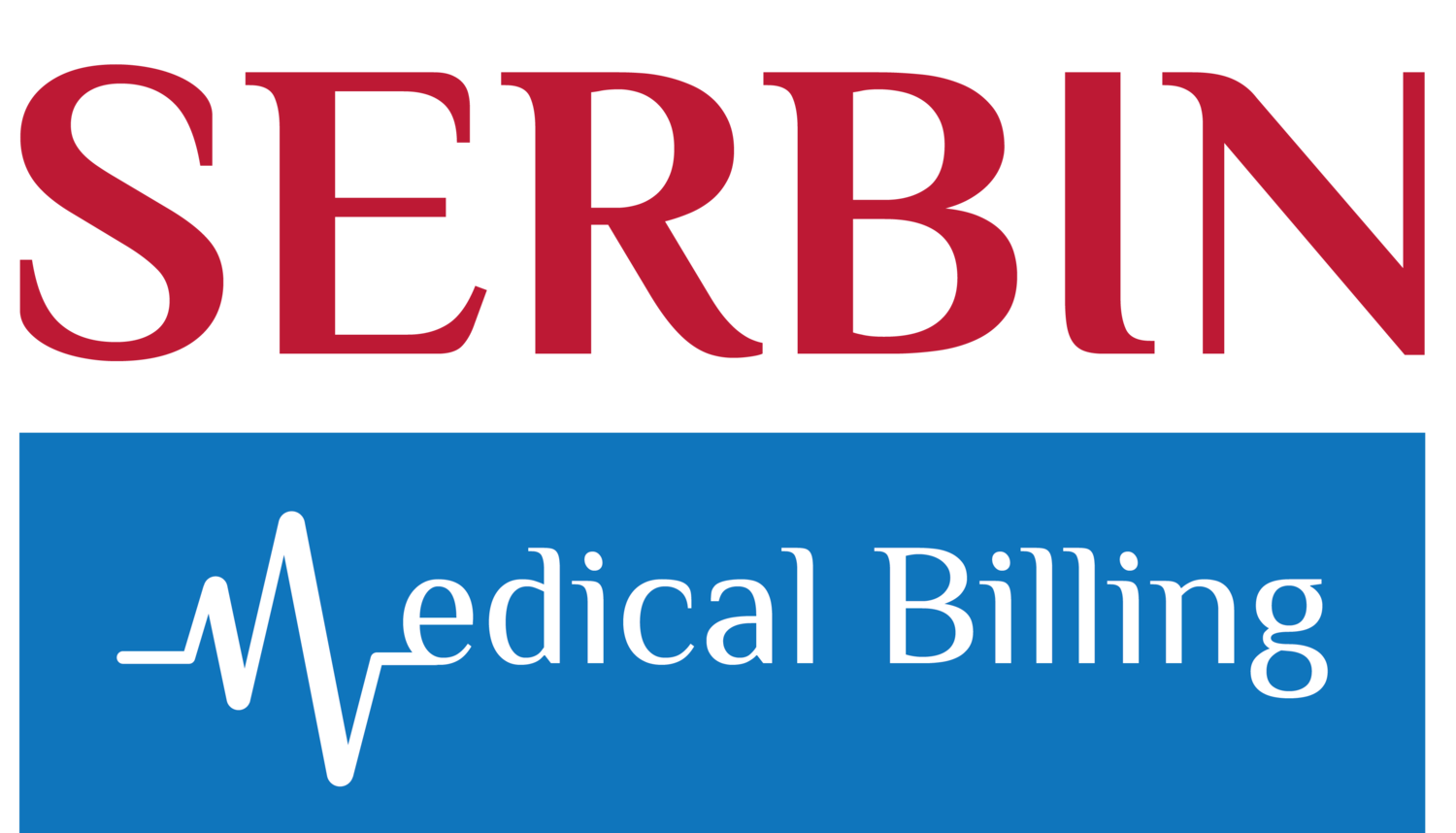Special Report: The 20 ASC Revenue Cycle KPIs You Should Be Tracking
Taking the pulse of your ambulatory surgery center’s (ASC) financial health can be a daunting task. Assessing your center’s financial wellbeing requires evaluating all aspects of the revenue cycle, including accounts receivable (A/R), coding, billing, collections, and staffing.
“Ideal” key performance indicators (KPI) are based on reported results from multiple ASCs, which are then averaged to arrive at the goal number. However, when evaluating your ASC, other data to consider includes specialty mix, case count, geographic location, and payer mix.
The following are 20 areas — more specifically, KPIs — in the revenue cycle that can and should be regularly reviewed to determine whether performance is at least meeting recommended industry standards and where you should be prioritizing improvement efforts, which may include bringing on an expert ASC billing partner.
ASC KPI #1: Insurance verification/authorization
Purpose: Measures number of days it takes to perform insurance verification prior to date of surgery (DOS)
Measurement Tools: Monthly business office manager audits
Goal: 3- 5 days prior to DOS
ASC KPI #2: Patient Financial Counseling
Purpose: Measures number of days it takes to complete patient financial counseling prior to DOS
Measurement Tools: Monthly business office manager audits
Goal: 3-5 days prior to DOS
ASC KPI #3: Upfront collections
Purpose: Measures percentage of patient financial responsibility (based on insurance verification) collected prior to procedure
Measurement Tools: Payment reports (name of report depends on software)
Goal: 95%
ASC KPI #4: Payment plans
Purpose: Measures percentage of patients requiring payment plans to meet their financial responsibility
Measurement Tools: Payment reports (name of report depends on software)
Goal: 5%
ASC KPI #5: Length of payment plan
Purpose: Measures length of payment plans (e.g., 30-day, 60-day, 90-day)
Measurement Tools: Aging reports (name of report depends on software)
Goal: 60-90 days maximum
ASC KPI #6: Operative note dictation/transcription
Purpose: Measures how many hours it takes to receive operative note
Measurement Tools: Manual calculation
Goal: 24 hours
ASC KPI #7: Coding
Purpose: Measures how many hours it takes for coding to be completed after receiving operative note
Measurement Tools: Manual calculation
Goal: 48 hours following receipt of operative note
ASC KPI #8: Submission of claim
Purpose: Measures how many hours it takes to submit claim following DOS
Measurement Tools: Manual calculation
Goal: 48-72 hours following DOS
ASC KPI #9: Clean claim submission rate
Purpose: Measures percentage of submitted claims not returned for errors
Measurement Tools: Waystar (or clearing house report)
Goal: 98%
ASC KPI #10: Reprocessing rejected claims
Purpose: Measures how may hours it takes to reprocess rejected claims
Measurement Tools: Waystar (or clearing house report)
Goal: 24 hours from receipt of rejected claim
ASC KPI #11: Payment posting
Purpose: Measures how many hours it takes for payments to be posted following receipt of payment
Measurement Tools: Daily payment journal/deposit log (name of report depends on software)
Goal: 24 hours from date of receipt
ASC KPI #12: Denial/write-off rate
Purpose: Measures percentage of claims that were denied and written off
Measurement Tools: Revenue cycle report (name of report depends on software)
Goal: 1%-2% of total claims submitted
ASC KPI #13: Initial claim follow-up
Purpose: Measures how many days from claim submission to initiating claim follow-up
Measurement Tools: Aging follow-up reports (name of report depends on software)
Goal: 21 days from claim submission
ASC KPI #14: Time from claim submission to payment
Purpose: Measures how many days from claim submission to receipt of payment
Measurement Tools: Payment/financial analysis report (name of report depends on software)
Goal: 15-21 days from clean claim submission to receipt of payment
ASC KPI #15: Initial patient statements sent after receipt of correct third-party payer reimbursement
Purpose: Measures how many hours between receiving correct third-party payer reimbursement and initial patient statement sent
Measurement Tools: Clearinghouse/ or software report (depends on whether statements sent manually or through clearinghouse)
Goal: 24-48 hours for patient statement to be sent after receipt of correct payment
ASC KPI #16: Follow-up patient statements
Purpose: Measures how many days it takes after initial/previous statement date to send follow-up statement
Measurement Tools: Clearinghouse or software report (depends on whether statements are sent manually or through clearinghouse)
Goal: 21-30 days following date of previous patient statement
ASC KPI #17: Days in A/R
Purpose: Measures days it takes for account to be zeroed out
Measurement Tools: Manual calculation (compute the average daily charges for the past 3 months: add up the charges posted for the last 3 months and divide by the total number of days in those months; divide the total accounts receivable by the average daily charges)
Goal: 40-50 days
ASC KPI #18: Aged A/R older than 90 days
Purpose: Measures total dollar amount that remains uncollected for more than 90 days from claim submission
Measurement Tools: ASC software-produced report: aged A/R greater than 90 days
Goal: Less than 25% of total accounts receivable
ASC KPI #19: Aged A/R older than 120 days
Purpose: Measures total dollar amount that remains uncollected for more than 120 days from claim submission
Measurement Tools: ASC software-produced report: aged A/R greater than 120 days
Goal: Less than 10% of total accounts receivable
ASC KPI #20: Staff allocation
Purpose: Measures number of full-time revenue cycle employees
Measurement Tools: Manual calculation: number of total cases divided by recommended goals (# of cases) to be performed per position (coding, billing, payment posting, insurance collections, patient collections)
Goal: 1.5 full-time equivalents per 1,000 cases (depends on center specialties, case diversity, etc.)
Give Your ASC KPIs the Attention They Deserve
Although the above list of ambulatory surgery center revenue cycle KPIs appears extensive, each area described affects your ASC’s bottom line. As such, each deserves the same regular scrutiny you should give your accountant's end-of-month reports. Preventive actions are key to avoiding inflated A/R and diminished cash flow.
Looking for another way to evaluate your ASC's revenue cycle performance? Request a copy of our popular ASC Revenue Cycle Scorecard.
Request Consultation

